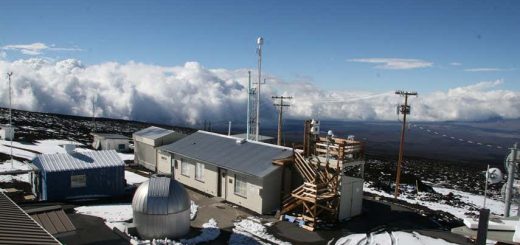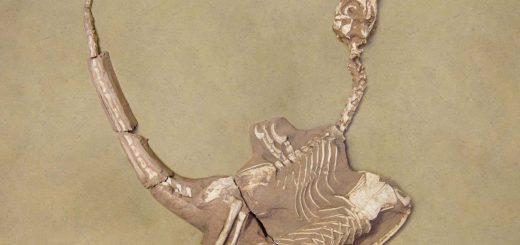Antimatter definitely doesn’t fall up, physicists confirm
In a blow for the hopes of antigravity machines, the first ever test of how antimatter responds to gravity confirms it falls down, not up
By Alex Wilkins
27 September 2023
Tracking the path of antimatter is a tricky business
sakkmesterke/iStockphoto/Getty Images
If you drop a piece of antimatter, it will fall down to the ground just like regular matter, according to the first ever measurement of how these strange particles are affected by gravity. While this rules out suggestions that antimatter could fall up, along with the existence of repulsive matter and antigravity machines, there is still enough uncertainty in the measurement for there to be slight differences with regular matter and for new physics to be at play.
Quantum mechanics says that many particles should have an antimatter counterpart, identical in every way apart from an opposite electric charge. This flipped charge shouldn’t change how gravity affects the particle — all massive particles should move through space in the same way under gravity, according to Albert Einstein’s relativity. But it has been exceedingly difficult to test whether this is true because antimatter annihilates whenever it meets its opposite particle, making it hard to produce and store enough of it.
Advertisement
Now, Jeffrey Hangst at Aarhus University in Denmark and his colleagues have measured how gravity affects antihydrogen, which consists of an anti-electron, or positron, and an antiproton. While normal matter on Earth accelerates while falling at a rate of around 9.81 metres per second squared, also known as g, the team found that antimatter fell at a value between 0.46g and 1.04g – in other words, definitely downwards.
“Most people, when they think of antimatter, they think of the science fiction thing of ‘it’ll fall up’ — we can definitely rule that out,” says Hangst. “What we can’t rule out is there being some small difference between the accelerations [of matter and antimatter].”
Read more
Physicists can complete our amazing, imperfect picture of reality


